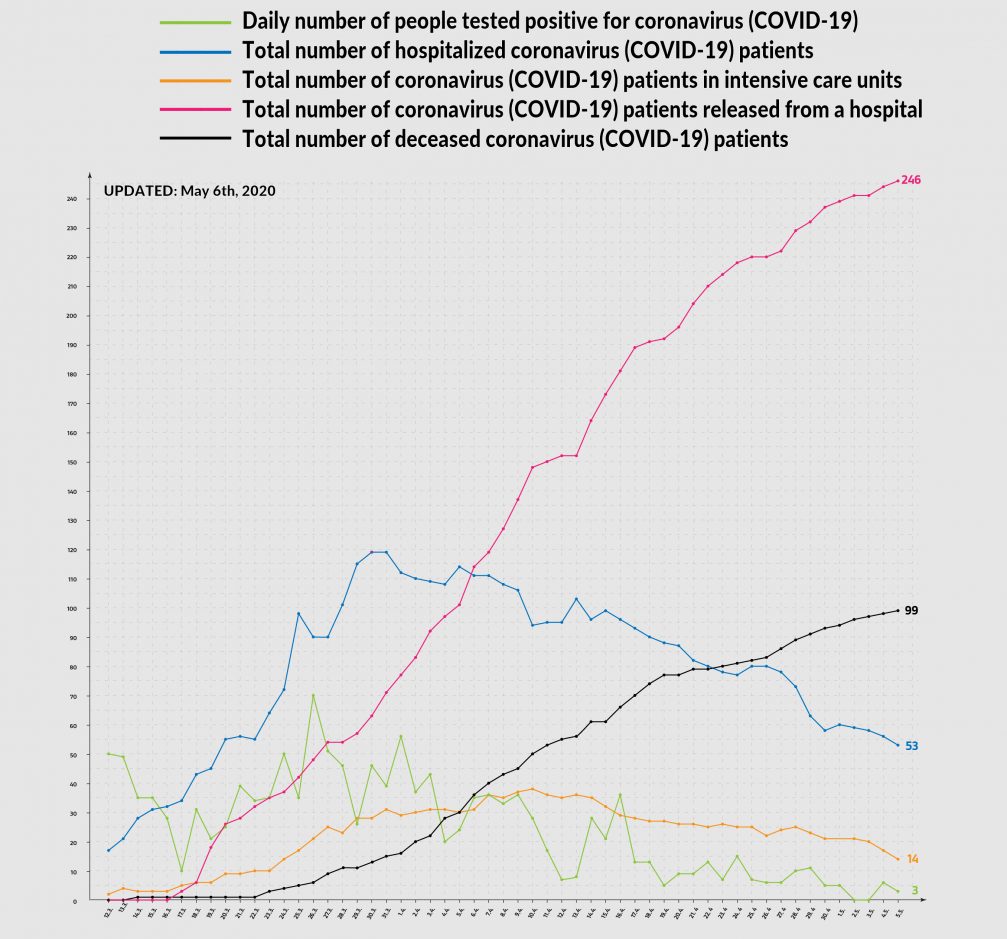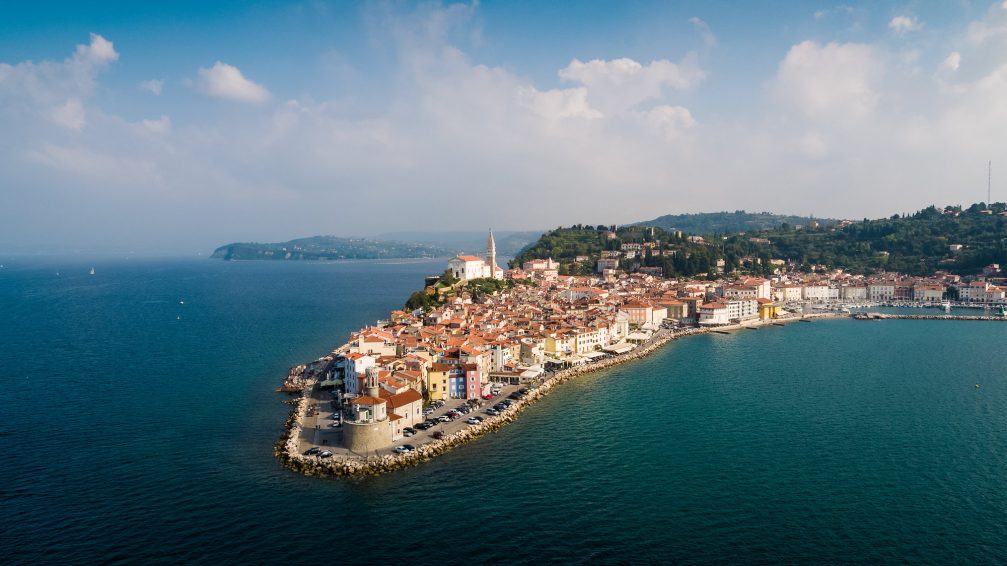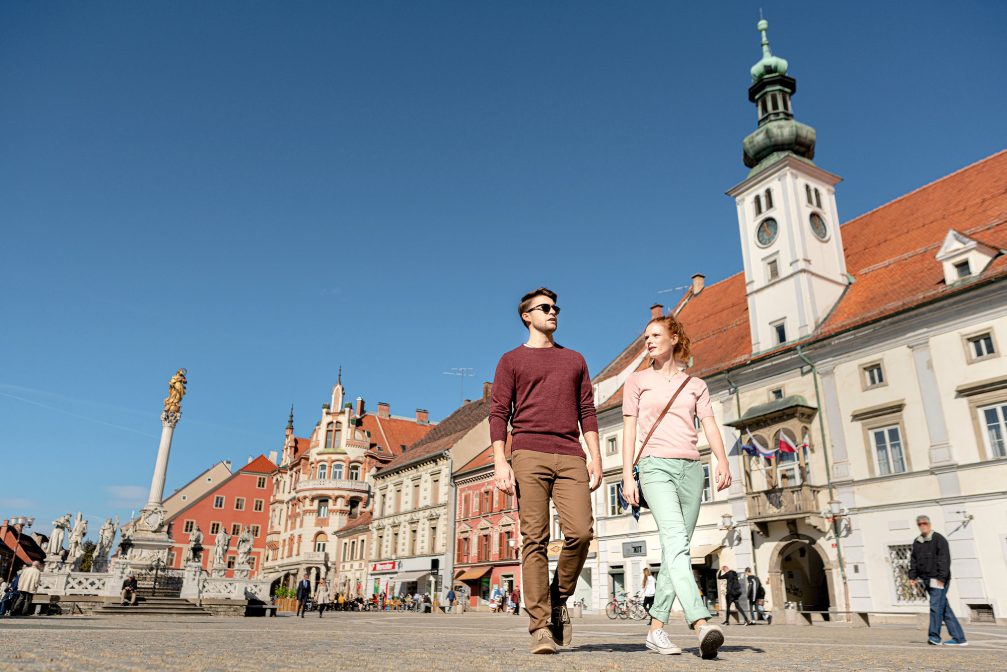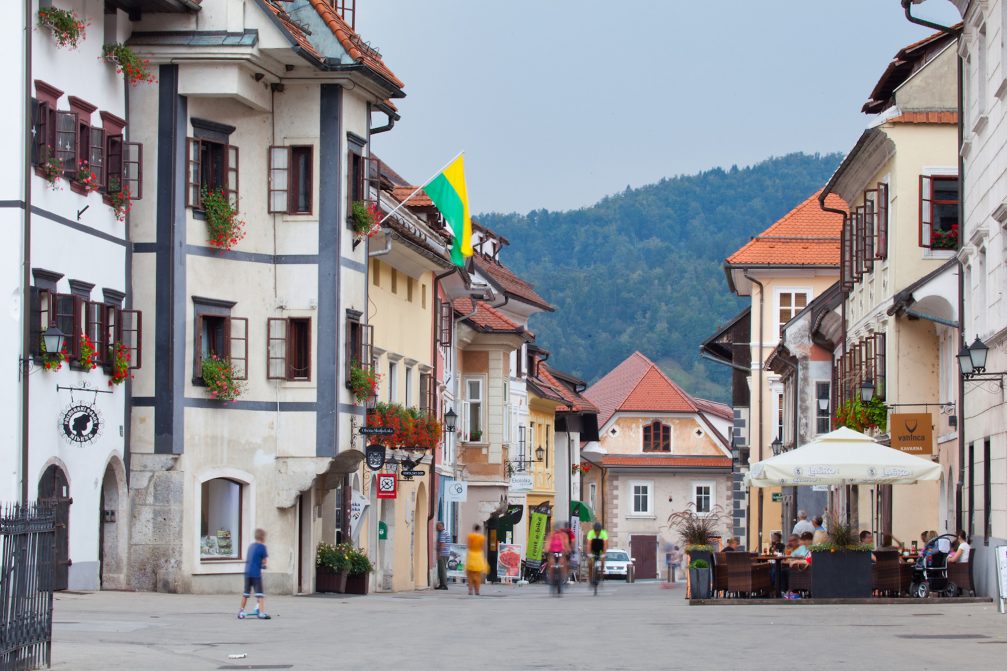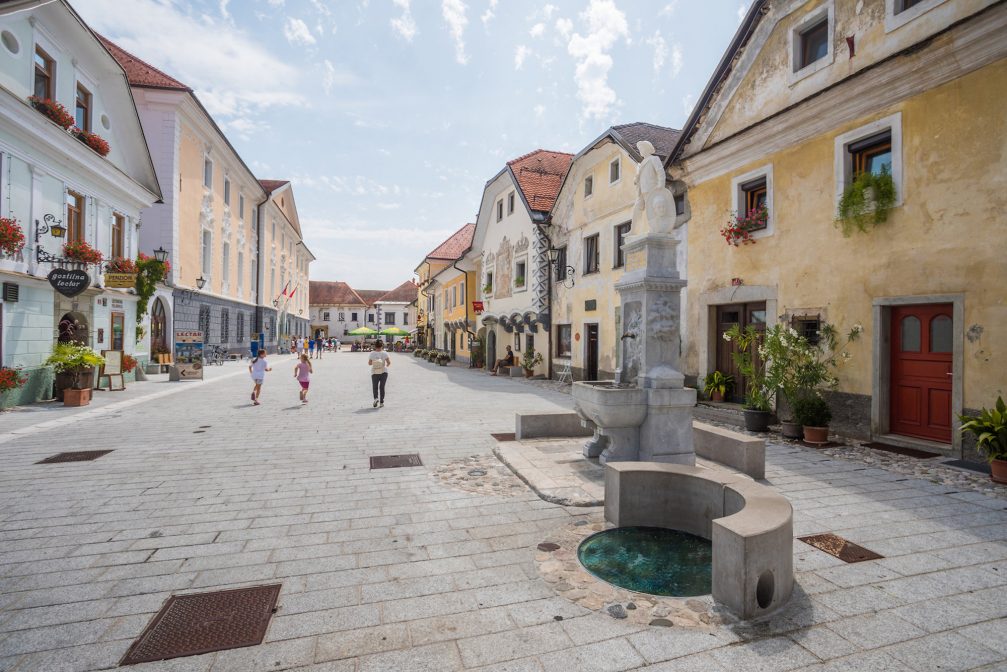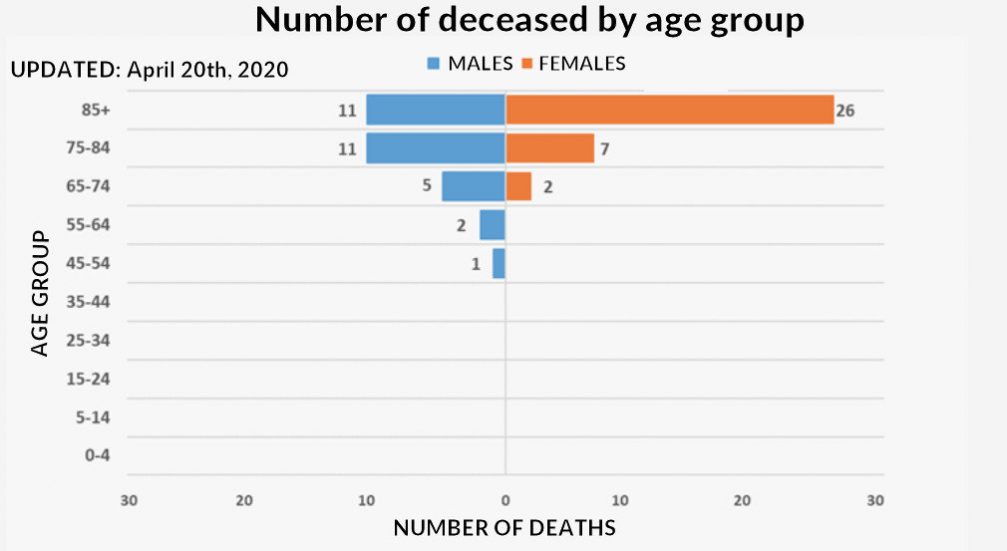The Cook Eat Slovenia cookbook has won two awards at one of the world’s most prestigious cookbook competitions known as the ‘Oscars’ of gastronomic literature.

Cookbook Cook Eat Slovenia will lead to wider recognition of traditional Slovenian dishes around the world and entice travellers to visit Slovenia. You can order your copy HERE!
This cookbook on traditional Slovenian recipes was written by Spela Vodovc and published in English. The selection of recipes presented in the book has been used in her family for many generations and honors her family heritage and traditional Slovenian cuisine. Her dream was to help the world discover Slovenian foods. The dream of sharing these recipes with the world and allowing people to explore Slovenian culture through food was the driving force behind the project.
Cook Eat Slovenia was published at the end of 2019, following a successful campaign on Kickstarter. The author then entered the world’s biggest cookbook event, the Gourmand World Cookbook Awards, and made the finals in three categories: best cookbook in translation, best self-published cookbook and best cookbook focused on food tourism (countries & regions), which made it the winner for Slovenia in all three categories.
The award announcement ceremony was meant to take place in early June in Paris at the world cookbook fair but was rescheduled due to current circumstances. For the first time since 1995, when the culinary Oscars first took place, the organizers announced the winners prior to the main ceremony. Out of books from 225 countries and regions, Spela Vodovc’s debut, titled Cook Eat Slovenia, ranked among the top three in the world, with 2nd place in the category of “food tourism (countries & regions)” and 3rd place in the category of “self-published.”
The cookbook will lead to wider recognition of traditional Slovenian dishes around the world and entice travellers to visit Slovenia.

Buckwheat Kasha with Porcini Mushrooms.

Spela Vodovc, the author of Cook Eat Slovenia, posing with a classic Slovenian walnut potica.
| Contributed by Spela Vodovc! |
 Buckwheat porridge with porcini mushrooms is one of the most iconic dishes of the Gorenjska region of Slovenia and it is sure to impress you through its harmony of flavors. |
 Grenadirmars is a comforting and very simple potato-and-pasta dish that dates back to the First World War, when soldiers in Kobarid fought on the Soca Front. It is a very handy dish because the ingredients are almost always in the pantry. |
 Marinated sardines are one of the secrets from the Slovenian Coast. They can sit in the refrigerator for up to a week. This is an ideal dish for those who are always on the run and have no time to prepare and cook food daily but want to eat healthily and feel full. Prepare sardines like in this recipe and you’re good for a week! |
 Gorenjska Prata or Budl, as it is also called, is a typical festive dish popular throughout the Gorenjska region of Slovenia. Usually served at Easter. A deliciously seasoned mixture of bread and meat is wrapped into pork caul, boiled and served hot or cold with salad, sauerkraut or horseradish. The dish has several local varieties. |
 Everybody knows breakfast is the most important meal of the day, and even more so when you’re allowed to eat all sorts of things, 100% guilt-free! The best thing about Slovenian Easter breakfast is that it caters to everyone: the 'salty' people, the 'sweet tooths', and the lucky ones that sit on the fence and just eat everything! |
 Potica is a typical Slovenian festive cake known all around the world. Potica's name derives from a Slovenian word meaning 'to wrap up' or 'to roll up'. It's made with a very thin yeast dough, and filled with a sweet walnut filling (or any other filling of your liking). |
 Potica, translated loosely to mean 'wrap-up' or 'roll-up,' is a traditional Slovenian cake often served at celebrations and holidays. While most commonly known as a nut bread roll, the Potica has more than 80 possible fillings. One filling unique to Slovenia, and common in spring, is tarragon. |

Author: Spela Vodovc
Cooking and styling: Branka Vodovc and Spela Vodovc
Food photography: Mateja Jordovic Potocnik
Design: Gregor Zakelj
Translation: Urska Charney
Proofreading: Noah Charney












